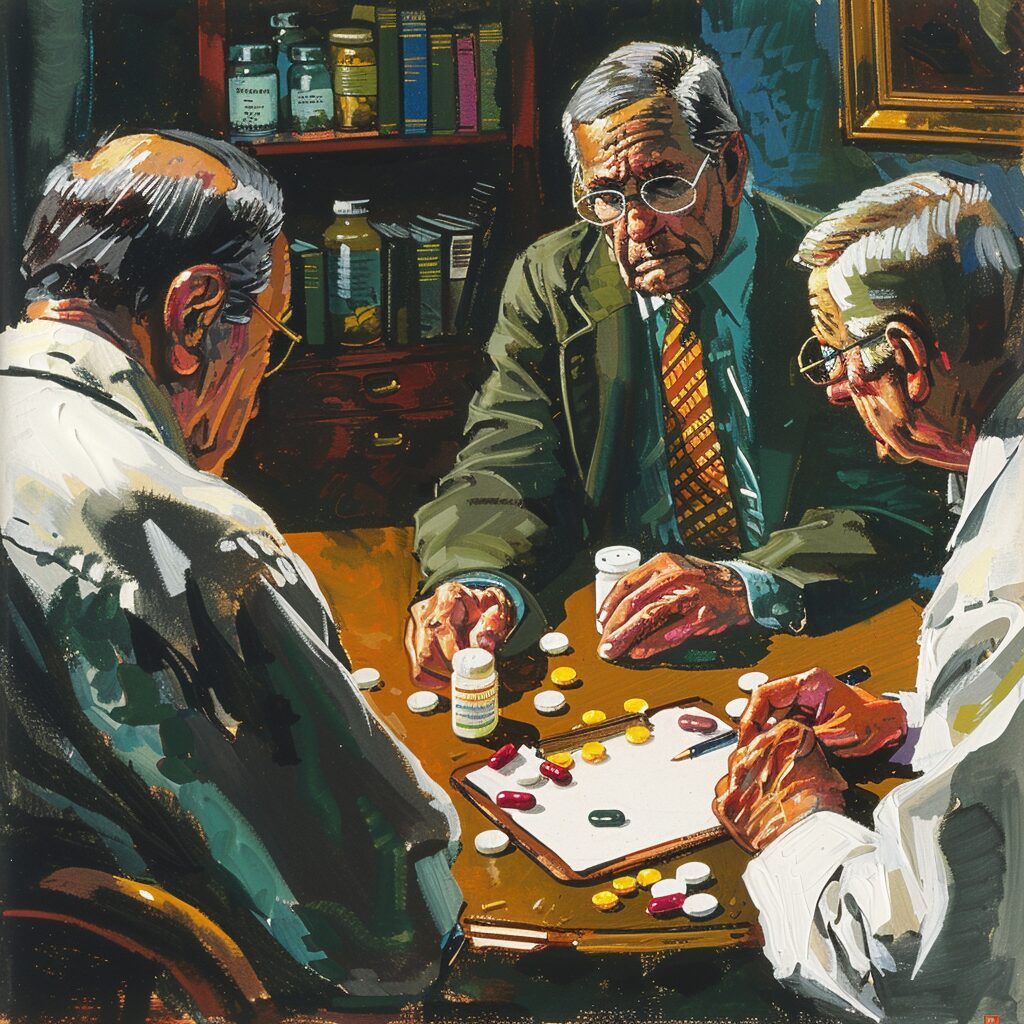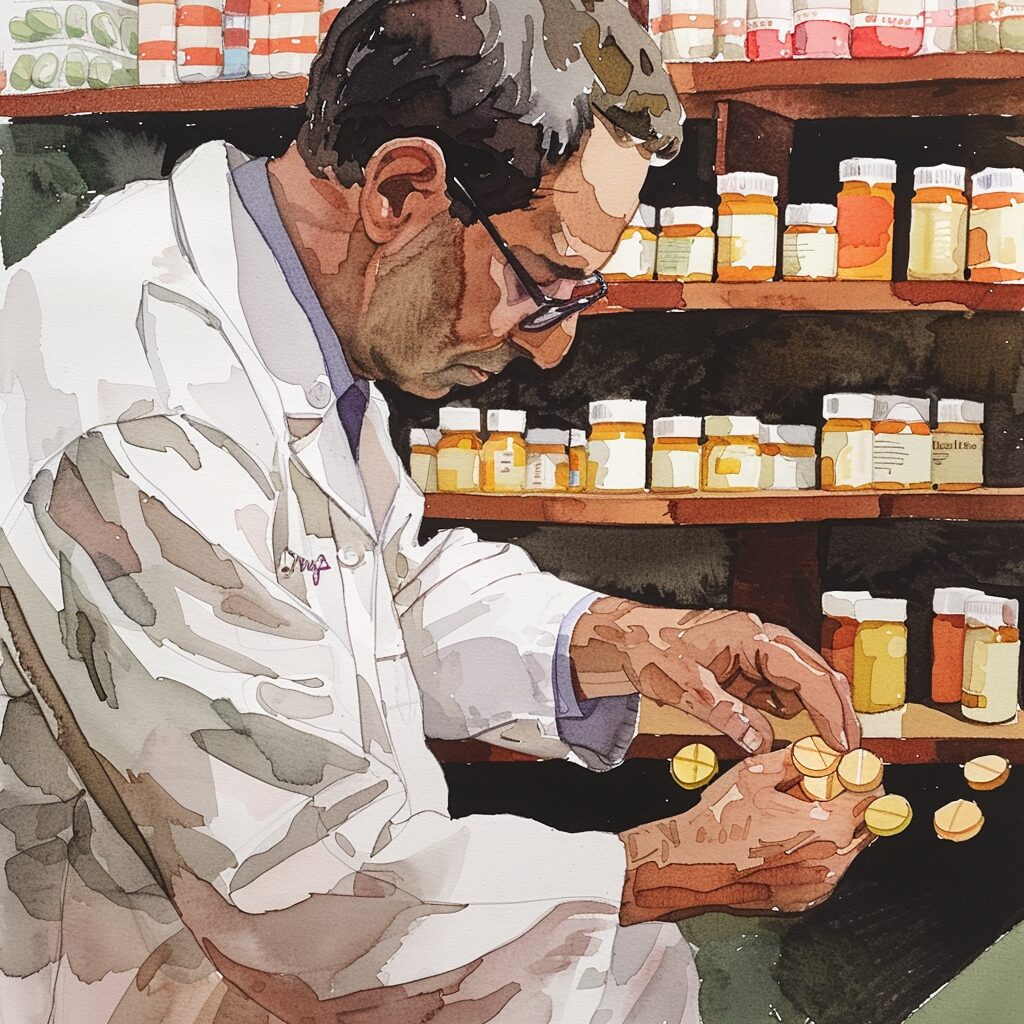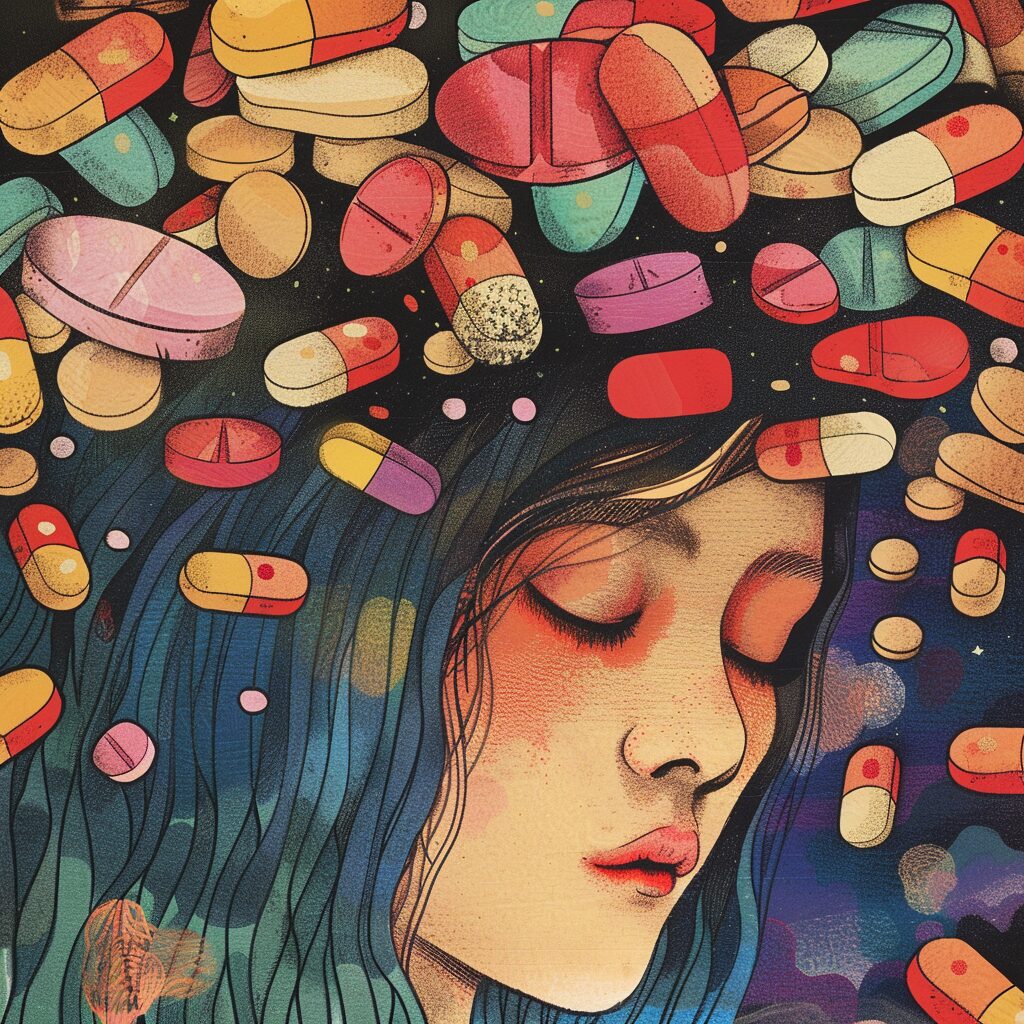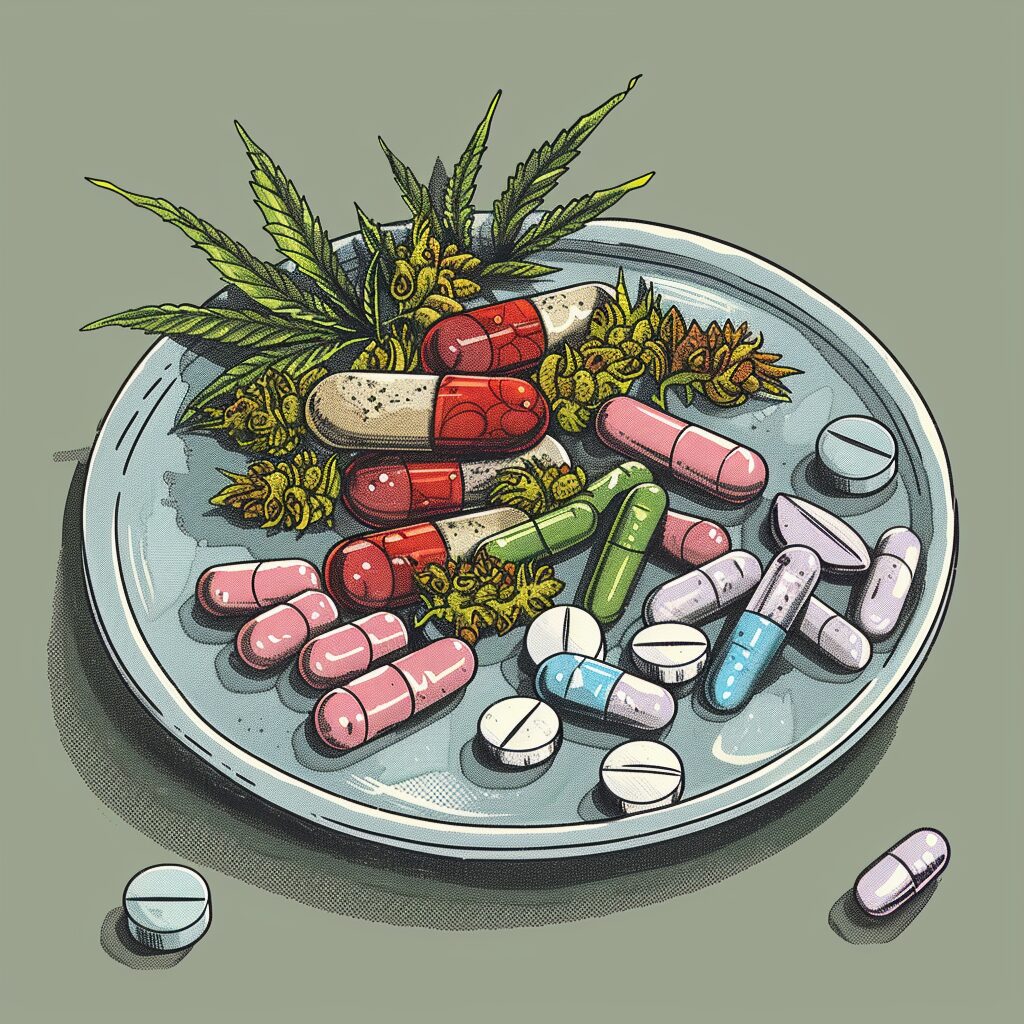Disgraced attorney and notorious South Carolina double capital murder defendant Alex Murduagh recently admitted to taking as many as sixty oxycodone pills per day around the time his wife and son were found dead on a family hunting property. The double life of such a successful and respected attorney has drawn attention to the reality of opioid addiction for many in our society. This blog post will examine the mechanics and treatment of heroin and opioid addiction. It will additionally highlight Lantana Recovery’s unique capabilities in treating these disorders through various unique behavioral health interventions, from medication-assisted treatment (MAT) to the resolution of underlying post-traumatic stress disorder (PTSD).
What Are Opioids?
“Opiates,” also interchangeably known as “opioids,” are a family of drugs originally derived from organic plant matter known as “poppy.” An “opiate” technically refers to drugs derived from naturally occurring alkaloid plant matter, while an “opioid” is a substance that can be either naturally or synthetically sourced.
Natural opioids include the painkillers morphine, codeine, and thebaine. Semi-synthetic opioids are created in a lab but are originally derived from naturally occurring opiates. They include hydromorphone, oxycodone, and hydrocodone, in addition to the street drug heroin. Fentanyl and tramadol are among the most common fully synthetic opioids.
Opioids and Your Brain
Opioids impact the brain and body in a variety of ways. When ingested, opioids bind to receptors in the brain responsible for both pain and pleasure. They release endorphins, which are responsible for suppressing pain sensitivity, in addition to dopamine, which provides a euphoric high.
Repeated exposure to opioids results in a tolerance to dopamine. Eventually, an individual needs more and more of the drug, not necessarily because the individual wants to feel high but rather to avoid feeling depressed. As the brain produces less dopamine, important elements of life become less fulfilling.
From Prescription Medication to Heroin
During the early aughts, 75% of people who use heroin reported beginning their opioid addiction with a prescription. For a long period, opioids were readily accessible via a doctor’s prescription. As the reality of opioid addiction became front-page news, medical professionals became increasingly hesitant to prescribe the way they once did. This resulted in individuals turning even more to street drugs to feed a habit that too often started via prescription. In addition to being more readily available, heroin is also cheaper.
Opioid Overdoses
In recent years, street drugs have been commonly laced with fentanyl. Fentanyl is a synthetic opioid one hundred times stronger than morphine. Fentanyl was a significant contributing factor to the over 70,000 opioid overdose-related deaths in 2021 – a number that has more than doubled in less than a decade. In the event a person is discovered unconscious and an opioid overdose is suspected, Narcan (Naloxone) should be administered immediately. It can be obtained without a prescription at a local pharmacy. A guide on how to administer Narcan can be found here.
Signs of an Opioid Addiction
Recognizing a potential addiction is the first step on the journey to recovery. There are a variety of signs of opioid addiction that are consistent with other forms of drug abuse. These signs include:
- Taking prescription opioids inconsistent with a doctor’s instructions
- Taking a prescription when not in pain
- Lying about the use of prescriptions
- Stealing money
- Mood swings
- Irregular sleep patterns
- Signs of intravenous drug use
If you suspect a loved one of struggling with addiction, consider reaching out to a professional for guidance. In this regard, the experienced and compassionate professional staff at Lantana Recovery is available to answer phone inquiries and make assessments.
The Road to Recovery
For those struggling with opioid addiction, recovery is possible. The typical protocol involves both behavioral and chemical interventions, often beginning with detox. Because of the intensity of the physical and psychological dependence developed throughout an opioid addiction, detox is often recommended. While Lantana Recovery does not offer a detox program, our staff can work to make an appropriate recommendation through an initial assessment and ensure a seamless transition into Lantana’s Empowerment Program upon release.
Withdrawal and Detox
For short-acting opioids like heroin, the typical withdrawal symptoms occur eight to 24 hours after the last use and last between four and ten days. The withdrawal symptoms of longer-acting opioids can last for as many as 20 days. Acute symptoms can include insomnia, muscle aches, diarrhea, and high blood pressure. Longer-term symptoms can include depression and anxiety. Withdrawal effects are typically not life-threatening.
Medication-Assisted Treatment
Should a client be interested, Lantana Recovery offers MAT for those struggling with opioid addiction, in addition to behavioral interventions. MAT options at Lantana Recovery include:
- Suboxone: Suboxone combines buprenorphine, a partial opioid agonist, with naloxone, an opioid antagonist, to provide relief from the withdrawal effects of opioids without creating a euphoric effect.
- Vivitrol: Vivitrol is an extended-release, injectable form of naltrexone. Naltrexone is an opioid receptor blocker that is entirely non-narcotic and prevents opioids from having any effect when ingested.
- Sublocade: Sublocade is an injectable buprenorphine-monotherapy, which aids in warding off withdrawal effects and cravings during the recovery process.
Behavioral Interventions
Lantana Recovery has a wide array of behavioral intervention opportunities available for those recovering from opioid addiction. Lantana Recovery prides itself on the fact that its commitment to clients is long-term and that no specific behavioral intervention modality is required. We provide the following behavioral interventions:
- Narcotics Anonymous (NA) meetings
- Contingency management
- Creative healing
- Cognitive-behavioral therapy (CBT)
- Motivational interviewing (MI)
- Yoga
- Music therapy
- Various types of group therapy
- Peer counseling
Lantana Recovery believes that clients must build the skills of sober living over time in an environment that will resemble something similar to their ultimate independent destination. That’s why the Empowerment Program encourages clients to aggressively pursue treatment while working, getting involved in the community, and even overcoming mistakes, all under the careful eye of our clinical team.
Lantana Recovery recognizes that the opioid epidemic in America has reached crisis levels. That’s why Lantana Recovery is proud to offer our expertise to those in the throes of opioid addiction to ensure they are able to get the help they deserve. This process starts by understanding the signs and symptoms of opioid addiction and getting a loved one help should they need it. An opioid addiction often starts with a doctor’s prescription and then progresses to a habit of cheap, injectable street drugs. The good news is that recovery is attainable, and with medication-assisted treatment (MAT), it doesn’t have to be excruciating. Call Lantana Recovery at (866) 997-2870 to learn more about our cutting-edge behavioral and chemical interventions.







